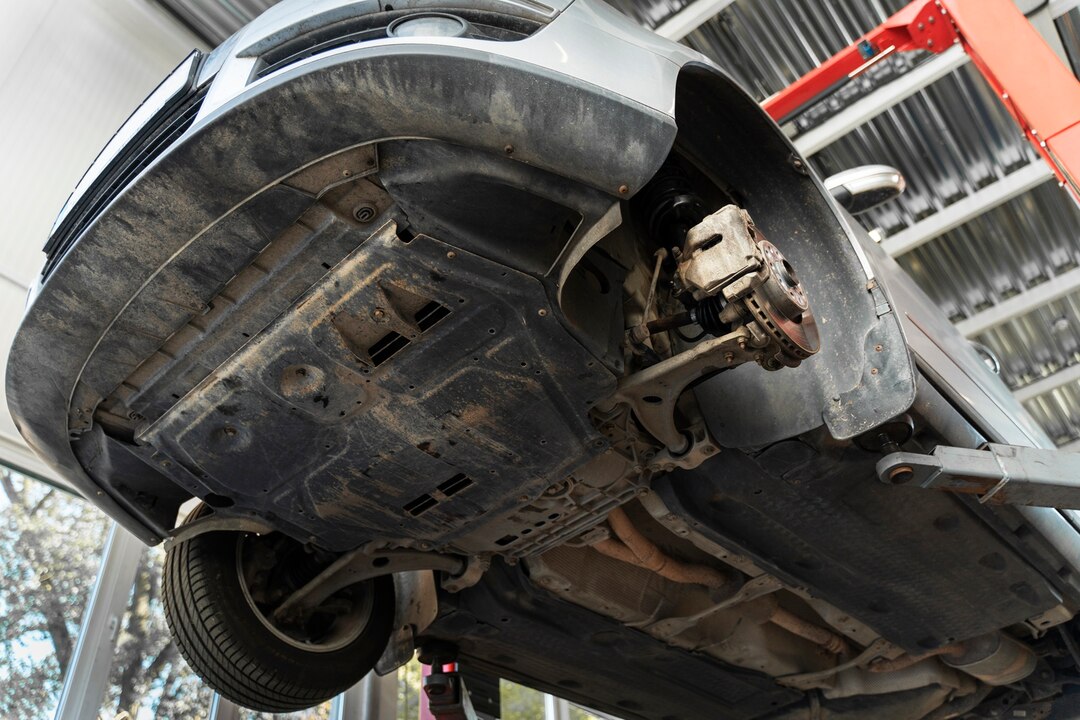The control arms in your car play a crucial role in maintaining stability, control, and smooth handling while driving. As integral components of your vehicle’s suspension system, control arms connect the steering knuckle to the frame of the vehicle and allow for the up-and-down movement of the wheels. Over time, control arms can wear out or become damaged, leading to a variety of issues that can compromise both safety and performance. To help you recognize when it’s time for control arm replacement, here are ten signs to watch out for:
1. Steering Wheel Vibration:
Experiencing vibrations in the steering wheel while driving, especially at higher speeds, can indicate worn-out control arms. Damaged control arms can cause excessive movement in the suspension system, leading to steering wheel vibrations and a less comfortable driving experience.
2. Uneven Tire Wear:
Worn-out or damaged control arms can affect wheel alignment and lead to uneven tire wear. If you notice unusual wear patterns on your tires, such as excessive wear on the inside or outside edges, it may be a sign that the control arms need replacement.
3. Clunking or Knocking Sounds:
Strange noises, such as clunking or knocking sounds coming from the front or rear of the vehicle, can indicate worn-out control arm bushings or ball joints. These noises occur as the worn components allow excessive movement in the suspension system, resulting in audible vibrations.
4. Loose or Wandering Steering:
If your car’s steering feels loose or imprecise, it could be a sign of worn-out control arms. Damaged control arms can affect steering responsiveness and lead to a wandering or unstable feeling while driving, especially on rough or uneven road surfaces.
5. Excessive Bouncing or Body Roll:
Worn-out control arms can cause excessive bouncing or body roll, particularly during cornering or maneuvering. If your car feels unstable or bounces excessively over bumps, it may indicate control arm issues that need to be addressed.
6. Difficulty Handling Turns:
Damaged control arms can affect the vehicle’s ability to handle turns smoothly and efficiently. If you notice increased body lean or difficulty maintaining control during turns, it may be a sign that the control arms are worn out and need replacement.
7. Steering Wheel Misalignment:
Misalignment of the steering wheel, where it does not return to its center position after turning, can indicate control arm issues. Worn-out control arms can affect wheel alignment and lead to steering wheel misalignment, requiring adjustment or replacement of the control arms.
8. Excessive Tire Noise:
Worn-out control arms can cause excessive tire noise, particularly when driving over rough or uneven road surfaces. If you notice increased tire noise, such as humming or roaring sounds, it may be a sign of control arm wear and should be addressed promptly.
9. Visible Damage or Wear:
Inspecting the control arms visually for any signs of damage or wear is essential for identifying issues early. Look for cracks, tears, rust, or other visible damage to the control arm bushings, ball joints, or mounting points, as these can indicate the need for replacement.
10. Age and Mileage:
Finally, consider the age and mileage of your vehicle. Most manufacturers recommend inspecting and potentially replacing control arms every 100,000 to 150,000 kilometers, depending on driving conditions and vehicle usage. If your car has reached this milestone, it’s a good idea to have the control arms inspected and replaced if necessary.
Maintaining healthy control arms is crucial for the safety, stability, and performance of your vehicle. By recognizing the signs of worn-out control arms and addressing them promptly, you can ensure that your car remains safe and efficient on the road. If you notice any of the signs mentioned above, don’t hesitate to have your control arms inspected by a qualified mechanic and replaced if needed. Investing in new control arms will not only improve your driving experience but also prolong the lifespan of your vehicle.











